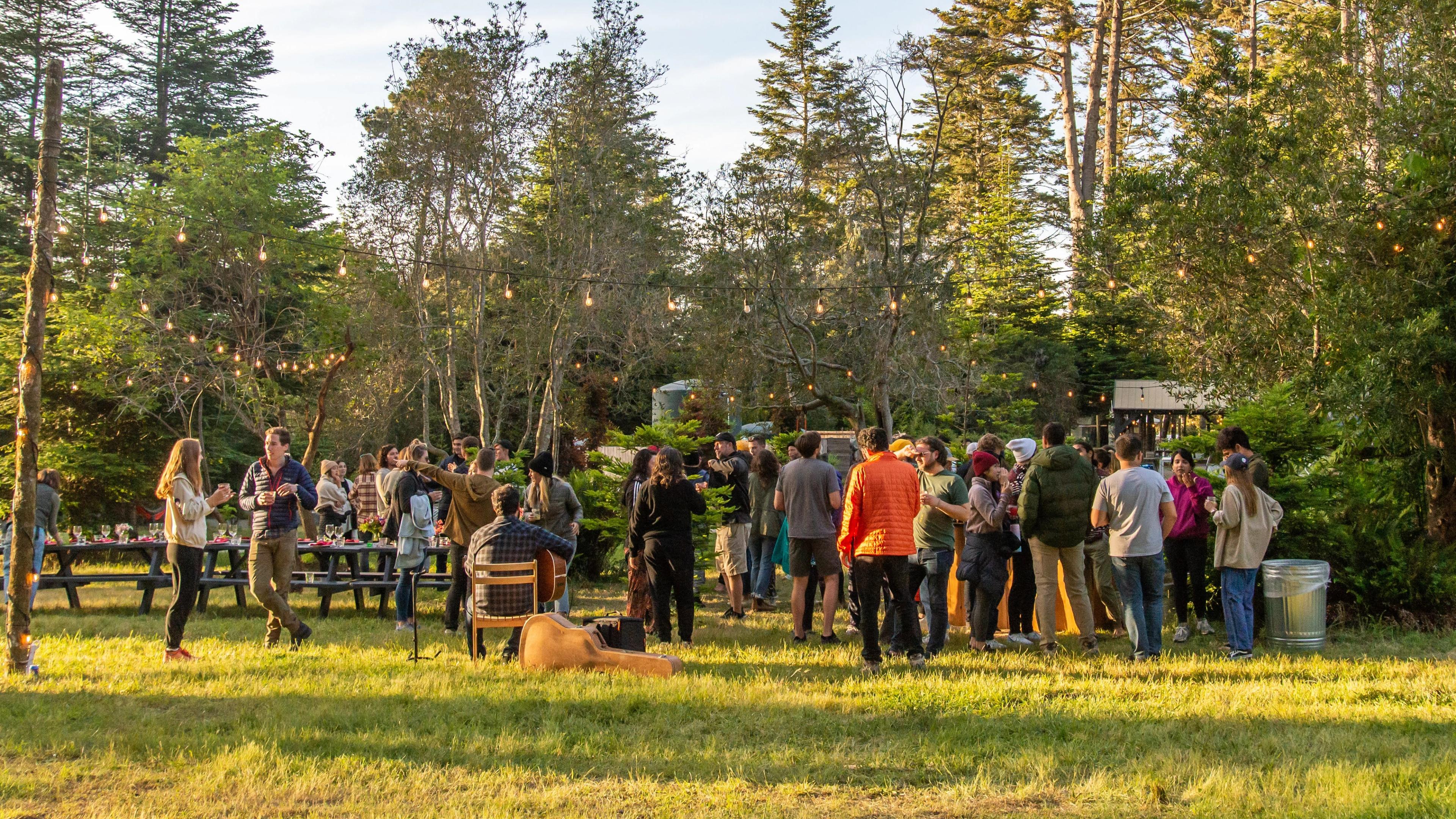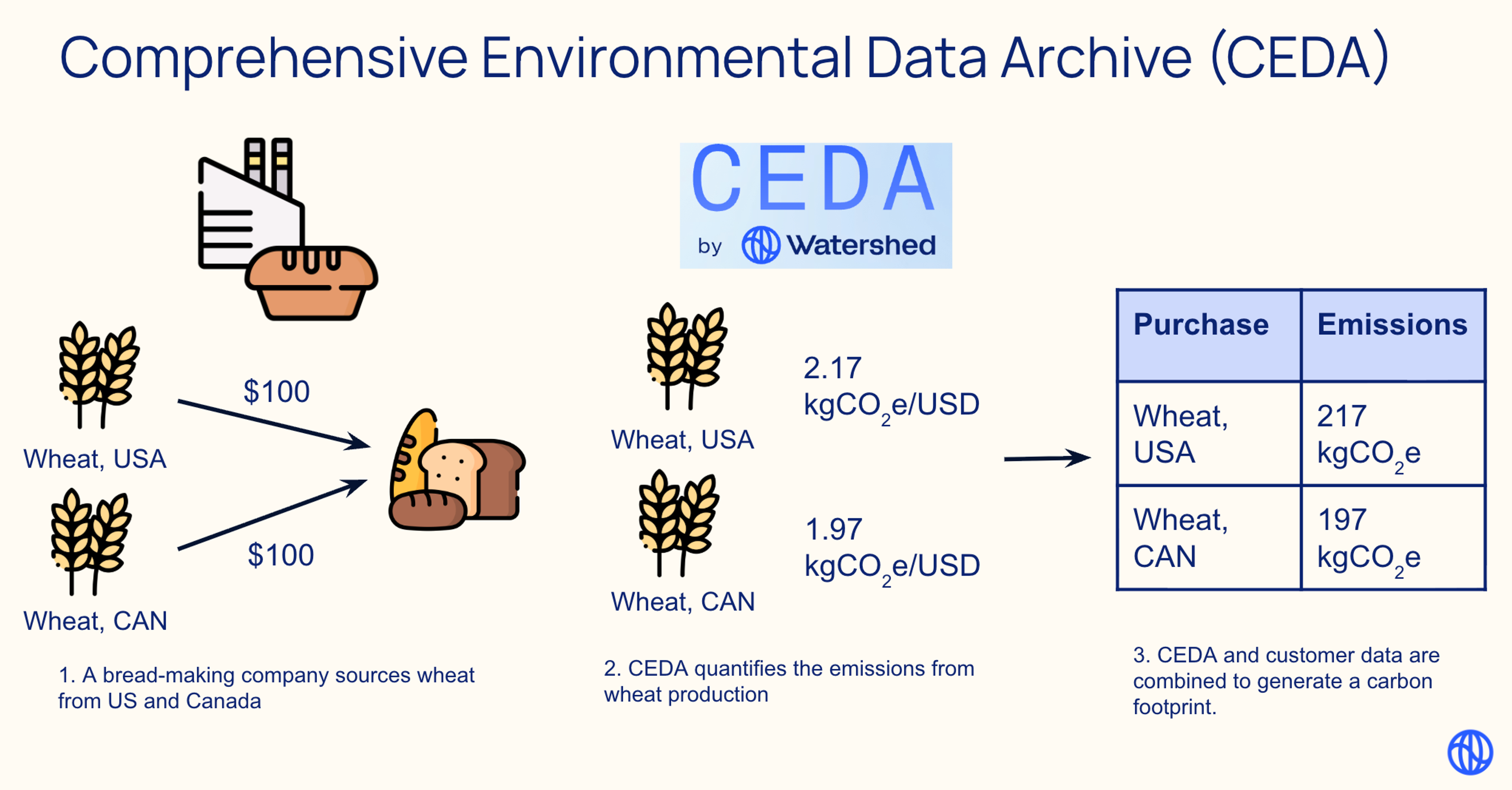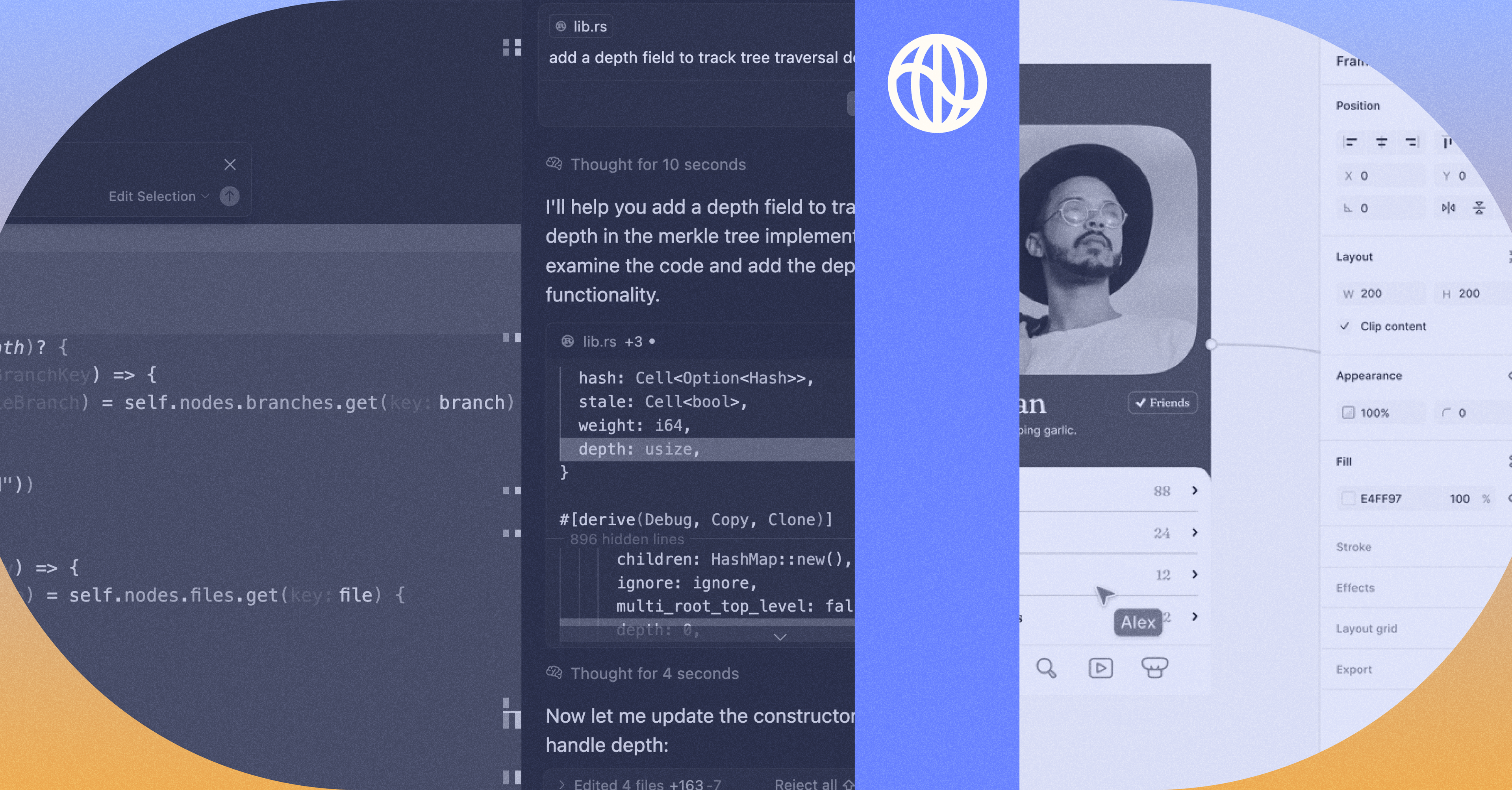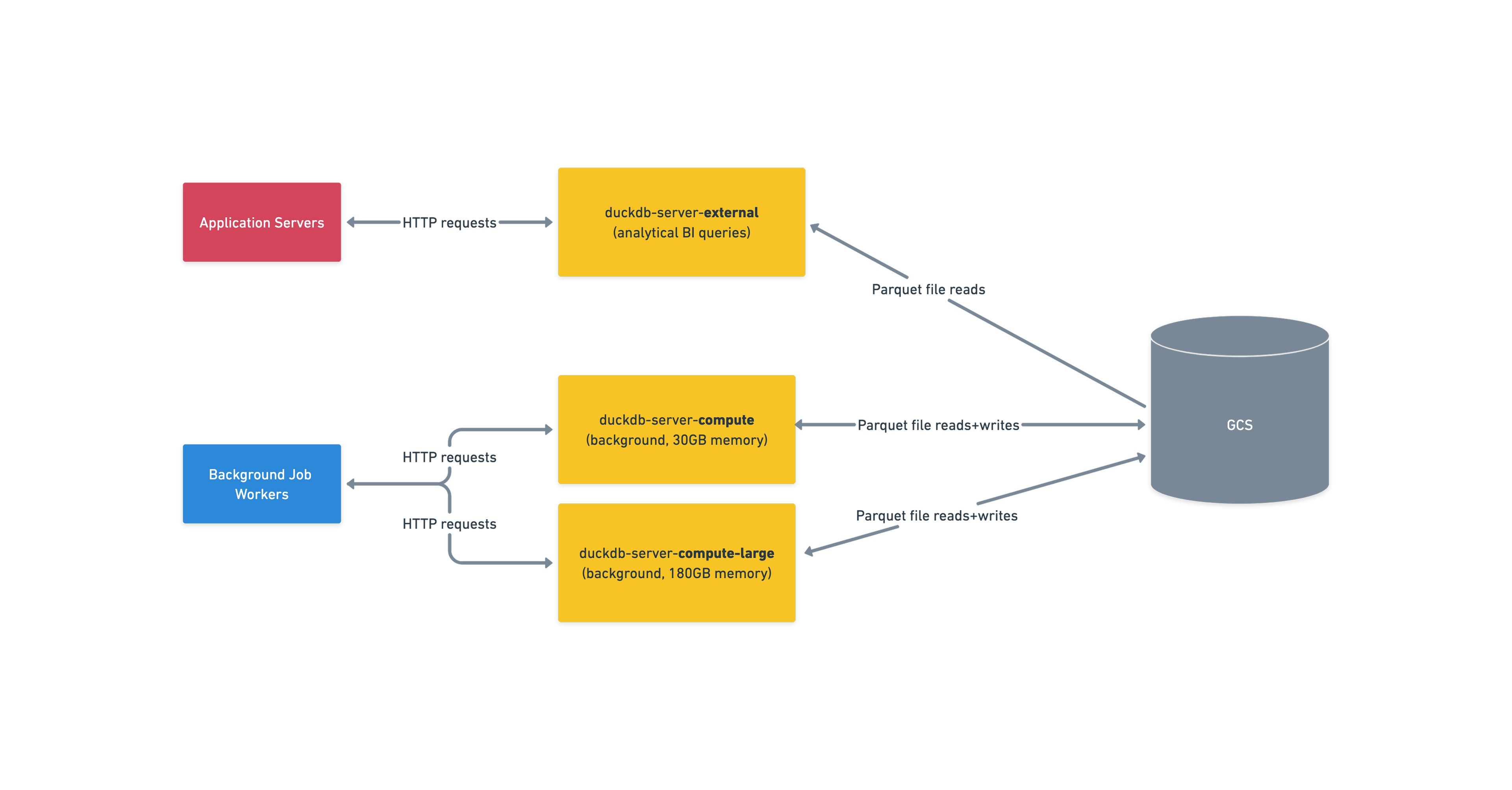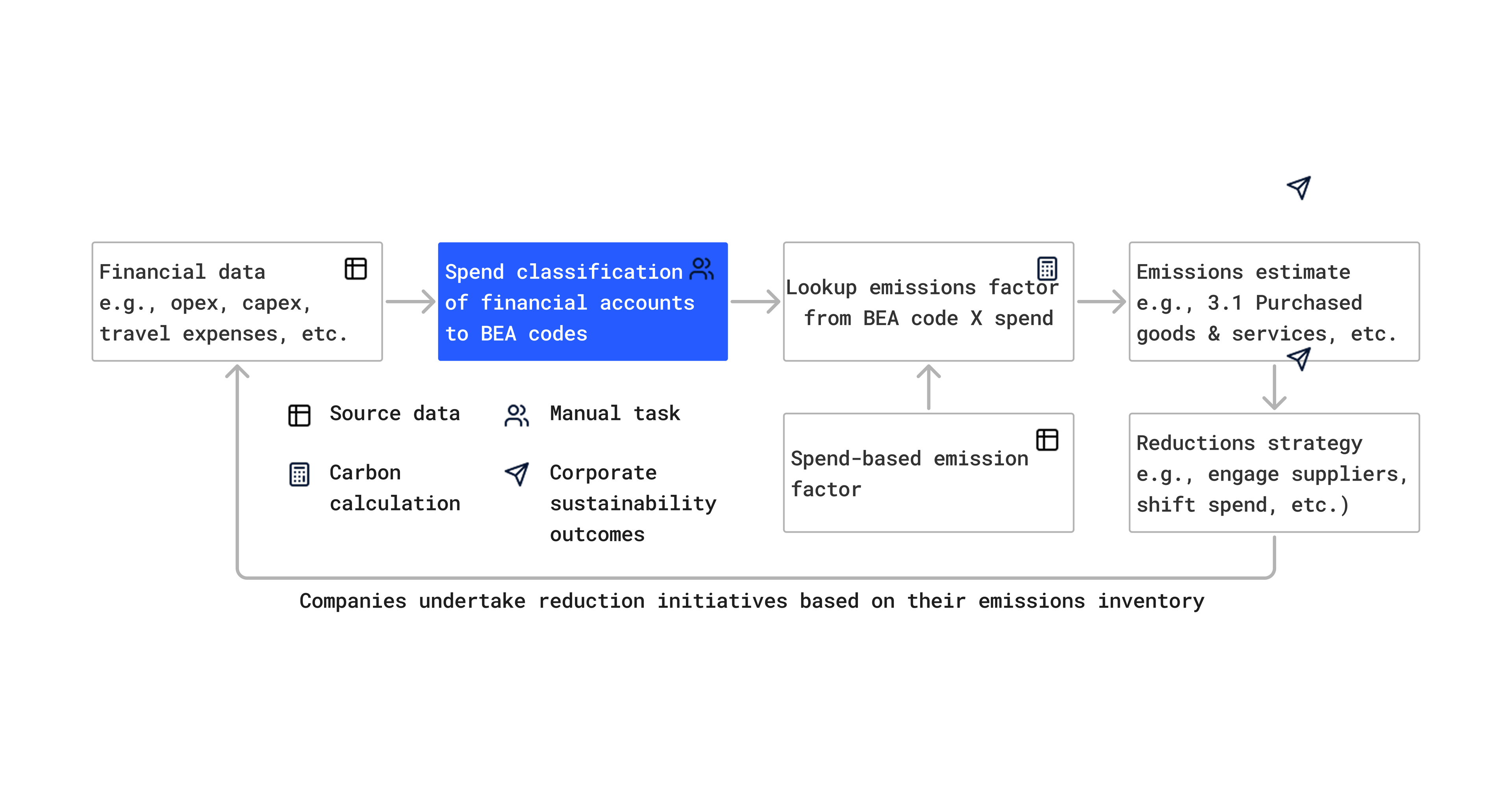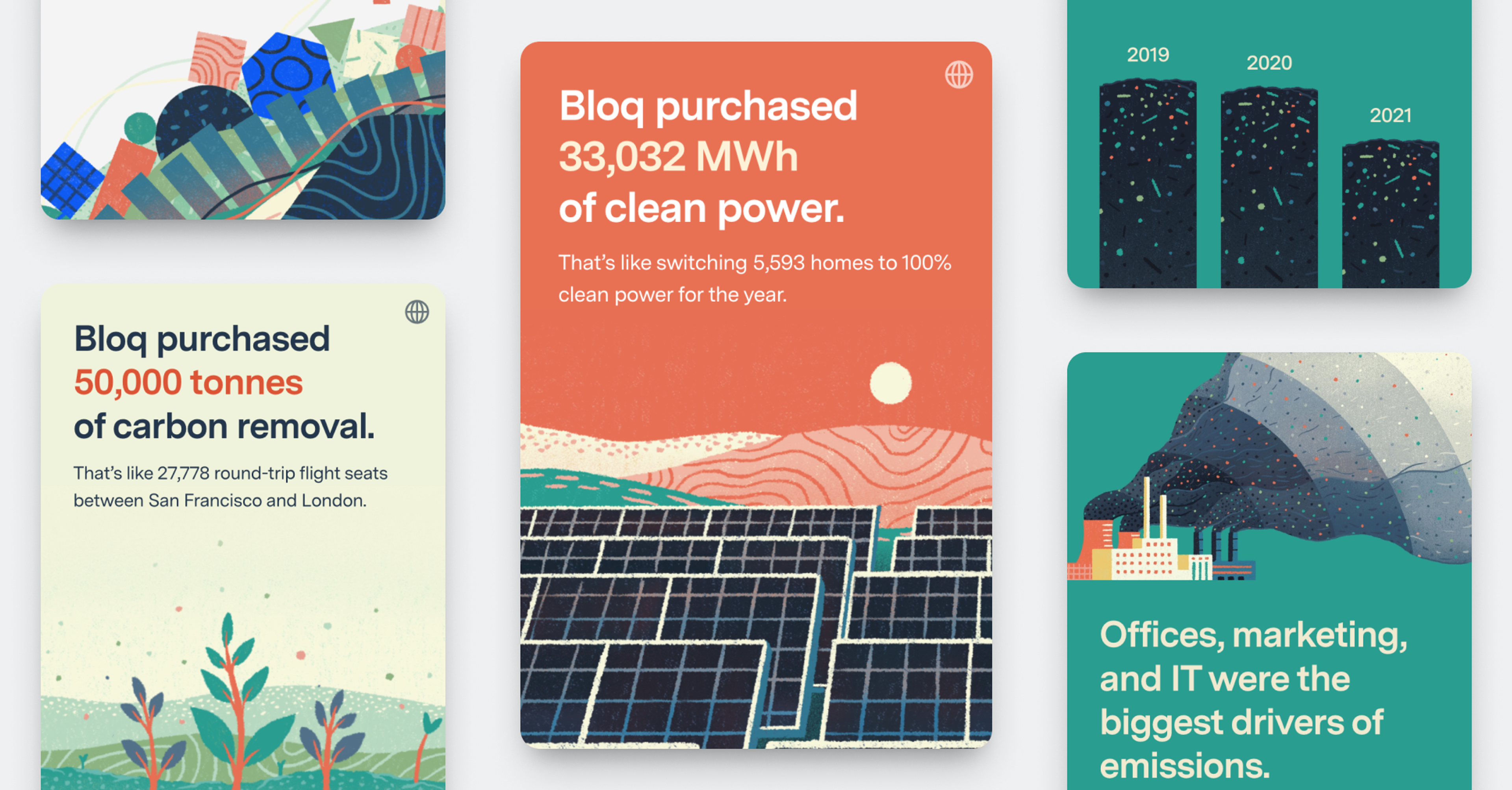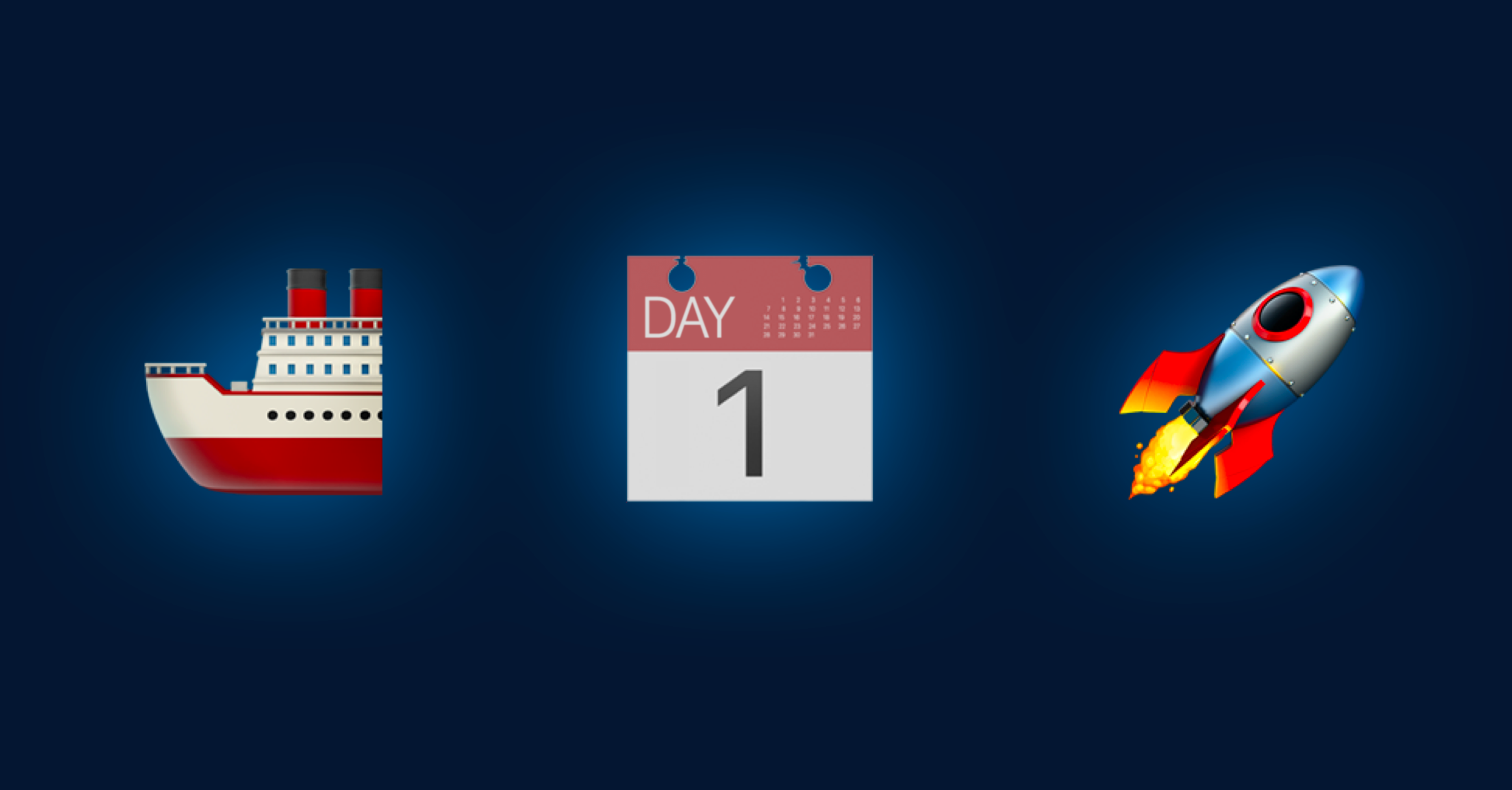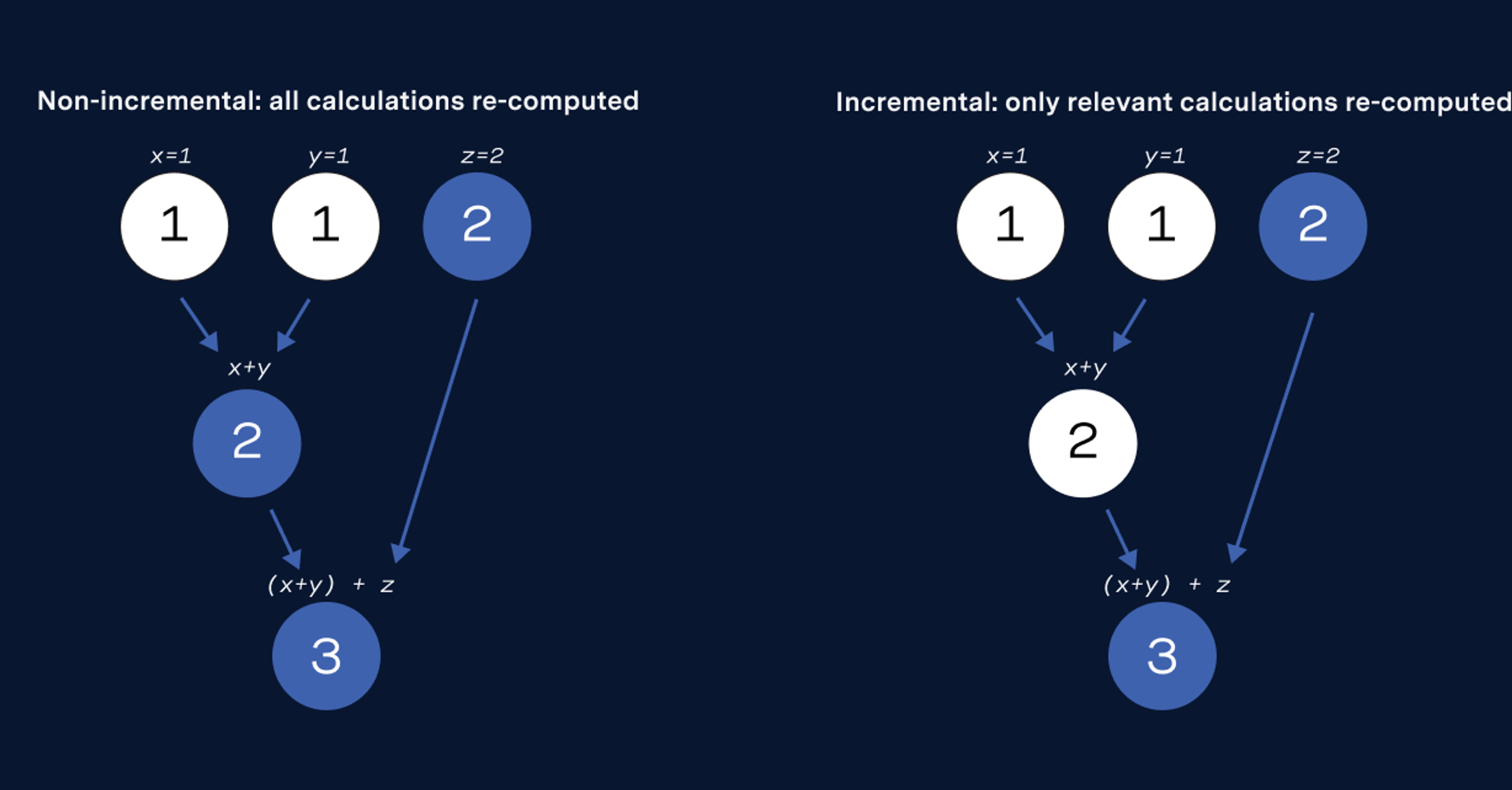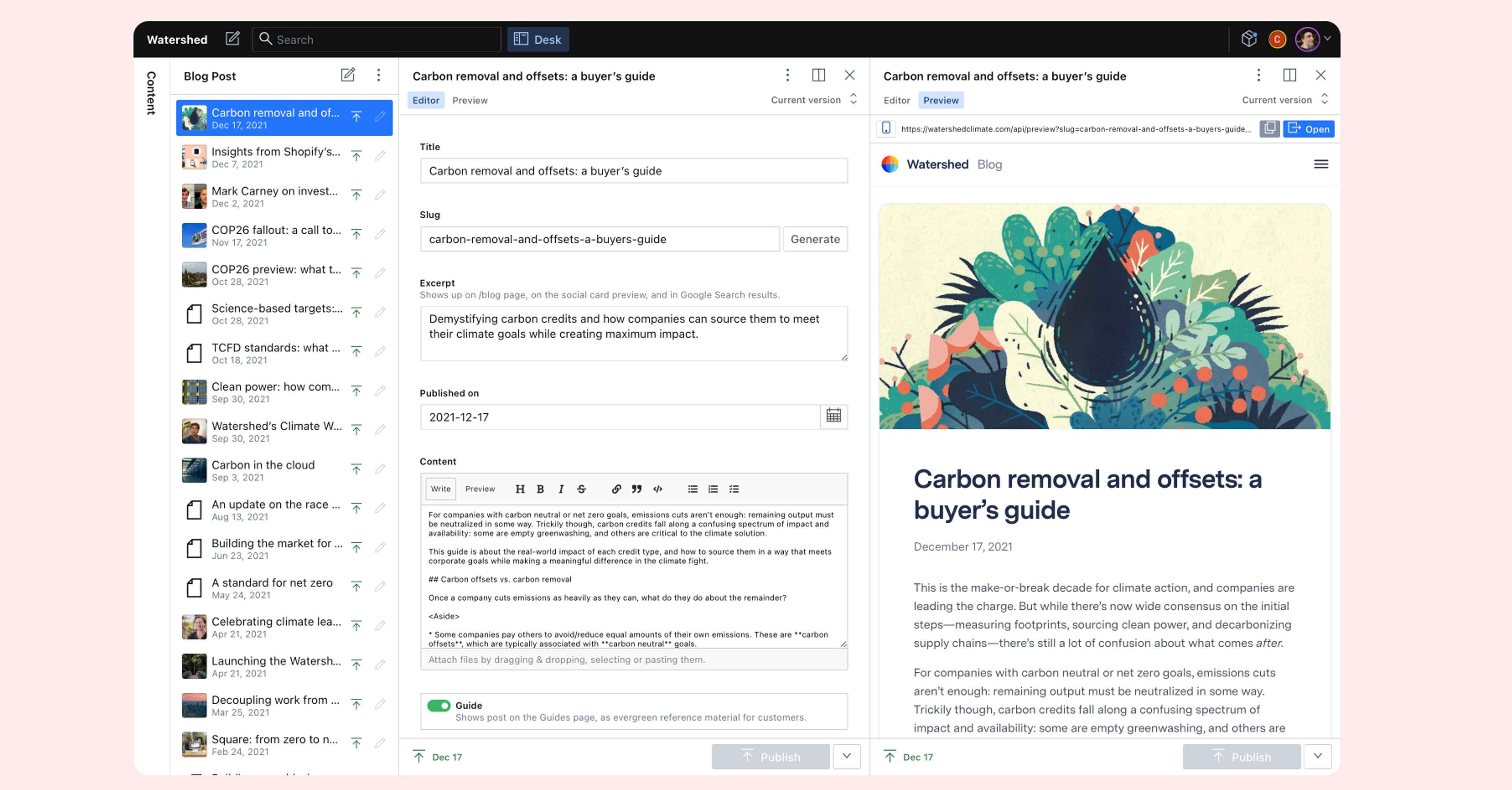Watershed is on a mission to accelerate decarbonization. Our goal is to help our customers reduce or remove 500+megatonnes of CO2e per year by 2030, one percent of current global emissions. To get there, we need to assemble a team of people who collaborate extraordinarily well together.
This post is a guide to how we aspire to work together. We know that many companies converge on similar themes when it comes to talking about who they are and how they work. So, when we put pen to paper on our version, we decided to start with what surprised current Watershedders when they first joined. What you’ll read is a summary of what our team members say about their life and work here.
We hope it helps you get a real sense of what it’s like to work at Watershed and whether it’s the kind of environment you’d be excited to work in, too. This is the start of a conversation—we’re excited to hear your thoughts.
We’re mission-oriented through our customers
Watershed was founded by looking at climate impact as a matter of simple arithmetic: we’re working to reduce or remove 500 megatonnes of CO2 from the atmosphere every year. Companies are responsible for the vast majority of the world’s carbon emissions, so we decided to focus there – on building a valuable business that helps companies realize their own climate ambitions. We measure ourselves on impact on the global carbon graph, not feel-good headlines in the newspaper. We appeal to our customers’ tangible business goals, not just their sense of altruism. We’re building Watershed as a business—and we aspire to be a big one—not a nonprofit or a political campaign. Some people are surprised by our unapologetic pragmatism, but we’re relentlessly focused on excellence in our corner of the solution space: building tools that enable companies to make better, business-driven, decisions around climate action.
This is proving to be a promising strategy so far—we are managing more than 30MtCO2e, which is more than Denmark’s total emissions in 2019. We’re just getting started, though. Our success hinges on enabling our customers to achieve their climate ambition, and we don’t let ourselves forget it.
We care deeply about our work and each other
One of the best things about working alongside people who care a lot is that everyone is striving to be their best day in and day out. We have incredibly high standards for both our work and the way we treat each other. One of our operating principles is to operate at the intersection of intensity and care.
Sometimes that means taking the time to teach someone a new skill or walk them through a new process when your day is already packed. Sometimes that means checking in on nights or weekends to unblock someone that needs an answer fast. Often that means spending extra time to polish the corners of a new feature, getting another round of feedback on something to ensure we’ve captured the requisite perspectives (even if they might be dissenting ones), or going above and beyond for a customer request.
Ensuring the right boundaries for each individual is crucial to balance the intensity. The system we practice is sharing personal priorities, a document that every new hire puts together to introduce who they are beyond the workplace, and how they like to be supported by their colleagues to manage their priorities outside of work. Parents of newborns share the joy and challenges in their new phase of life; new grads talk about trying to build a friend network in a new city. The key question we hope to learn about is “how can Watershed best support you and your personal priorities”.
It’s not always convenient to step up in these ways. In fact, it’s often inconvenient. Caring this much, and surrounding yourself with colleagues who care this much too, means that there’s an intensity to the work at Watershed. But, it’s the way we like to work because we know it gives us the best shot at making our ambitions a reality.
We all take ownership of our work and company outcomes
Everyone at Watershed takes pride and ownership in their work, and does everything they can to drive the team towards success. While we have explicit roles, we all share an enthusiasm for working on things outside of our job description.
Engineers shadow customer calls to quickly address customer pains, designers moonlight as engineers for visual fixes, and sellers read up on the latest climate policy to guide our customers in the right direction. If it’ll make our colleagues’ or our customers’ lives better, we do it.
We follow this philosophy for evolving our company culture, too. Many things, large and small, can fall through the cracks as we grow our customer base and team size rapidly. In the same spirit that mountaineers take to the outdoors, we aim to leave the office, our teams, and the company better than they were. This means volunteering to take on important tasks that are yet unowned—and trusting that there will be fellow teammates eager to jump into the same challenge.
At Watershed, we don’t expect someone else to fix things for us. We always start problem-solving by first asking ourselves: “Is this something that needs to be done? Can I make it happen?” This autonomy isn't for everyone – it means navigating ambiguity even when it seems disorienting and lonely at times. Watershedders find the agency and ownership satisfying.
We’re curious about the world around us
Climate change is one of the most important issues facing our society, so we see a broad awareness of science, technology, and policy as critical to our work. No matter what corner of the organization someone’s working from—marketing, sales, product, engineering—we know our best work comes from a deep understanding of the climate ecosystem. Not everyone comes to Watershed as an expert, but everyone comes to Watershed excited to learn.
Our culture of transparency means everyone is welcome to “lurk” into the work of other teams through docs, emails, and Slack channels where they can learn about the stuff they’re most interested in. Beyond that, we’re always actively helping each other stay informed–our “climate expert office hours” are among the most popular company meetings, and we love sharing out links to the latest literature or notes on our learnings.
Our gusto for teaching and learning extends beyond topics immediately relevant to Watershed’s mission. If you walked into any of our global offices, you’d see a wall of books team members have vetted as must-reads. They span many genres and topics, from Harry Potter to science fiction (a lot of science fiction) to Reasons and Persons. If you sat down to lunch at Watershed, the person sitting next to you would probably have as many questions about what you’re working on as what you got up to over the weekend. We love learning about the depths of each others’ hobbies, sharing stories (and photos!) from activities outside of work, trading recommendations for just about anything… and playing a healthy amount of spikeball.

Watershedders always have their wheels turning about something. We embrace this quality in ourselves and each other day in and day out.
Does this resonate with you? We are hiring!
